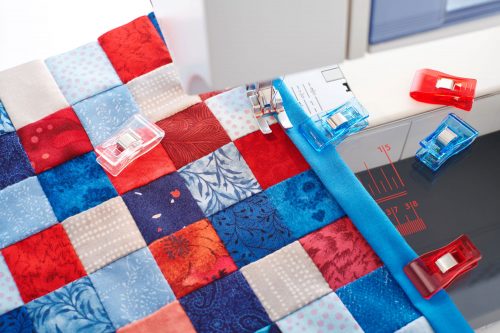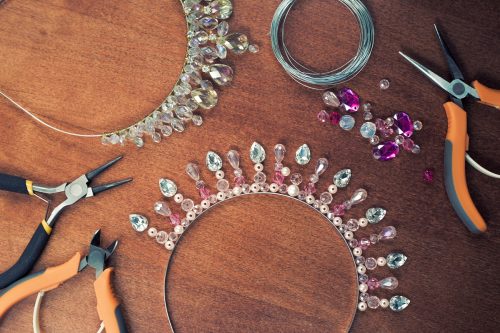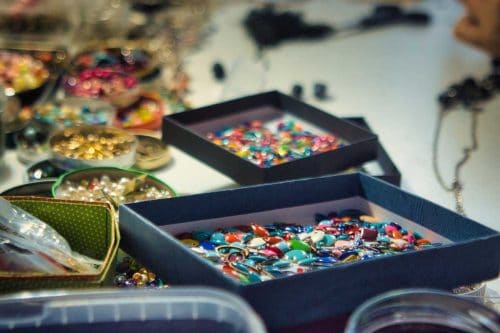Are you starting a fun new sewing project? How much thread do you really need to use? It depends on the piece that you are sewing. You need to account for the size of the project. In this article, we will tell you how to figure out how much thread you will need.
Hand stitching fabrics may take a little more thread than using a sewing machine because the stitches may not be exact in measurements. It is suggested to use 2.5 times the linear length of the project or a little more. Thread is fairly cheap, so buying a little more would not hurt. This varies with different materials you are using.
Read ahead to learn more about the lengths of thread you will need for different types of sewing projects and what stitch you can use.
![Assorted spools of threads and sewing needles, How Much Sewing Thread Do You Need For A Project? [Here's How To Tell]](https://craftsbliss.com/wp-content/uploads/2020/12/assorted-spools-of-threads-and-sewing-needles-how-much-sewing-thread-do-you-need-for-a-project-heres-how-to-tell.jpg)
Types of Projects
Quilting
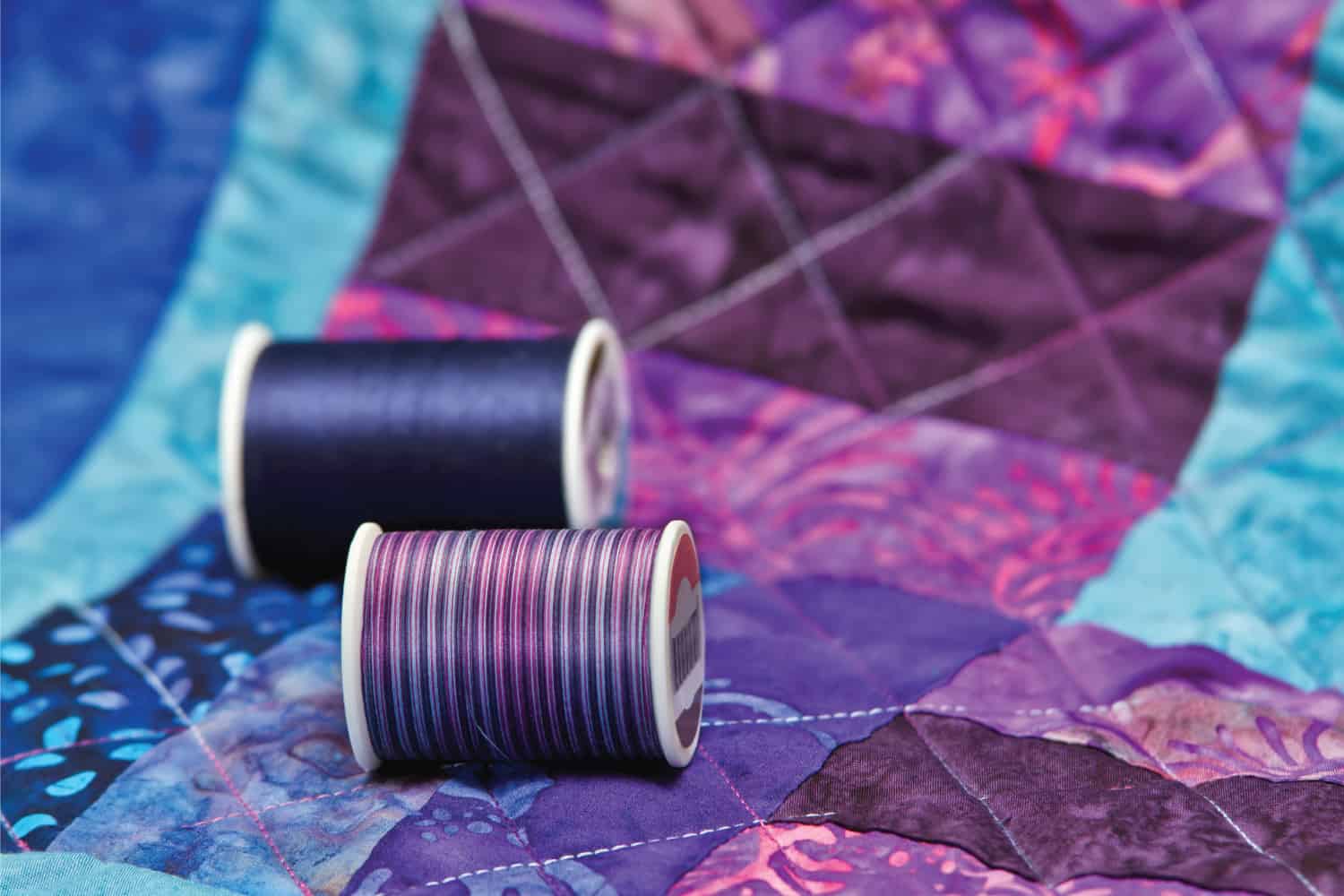
The quilt's size really matters when trying to figure out how many yards of thread you may need. A crib or lap sized quilt will need a minimum of 200 yards for a lighter weight material. And about 600 yards for a heavier weight. A twin-sized quilt will need about 400 yards for lighter weight and 1,200 yards for a heavier quilt weight. A queen-sized quilt will range from 600 yards for lighter weight and about 1,600 yards for a heavier weighted quilt. Finally, a king-sized quilt will range 750 yards to 2,000 yards in thread need.
Leather
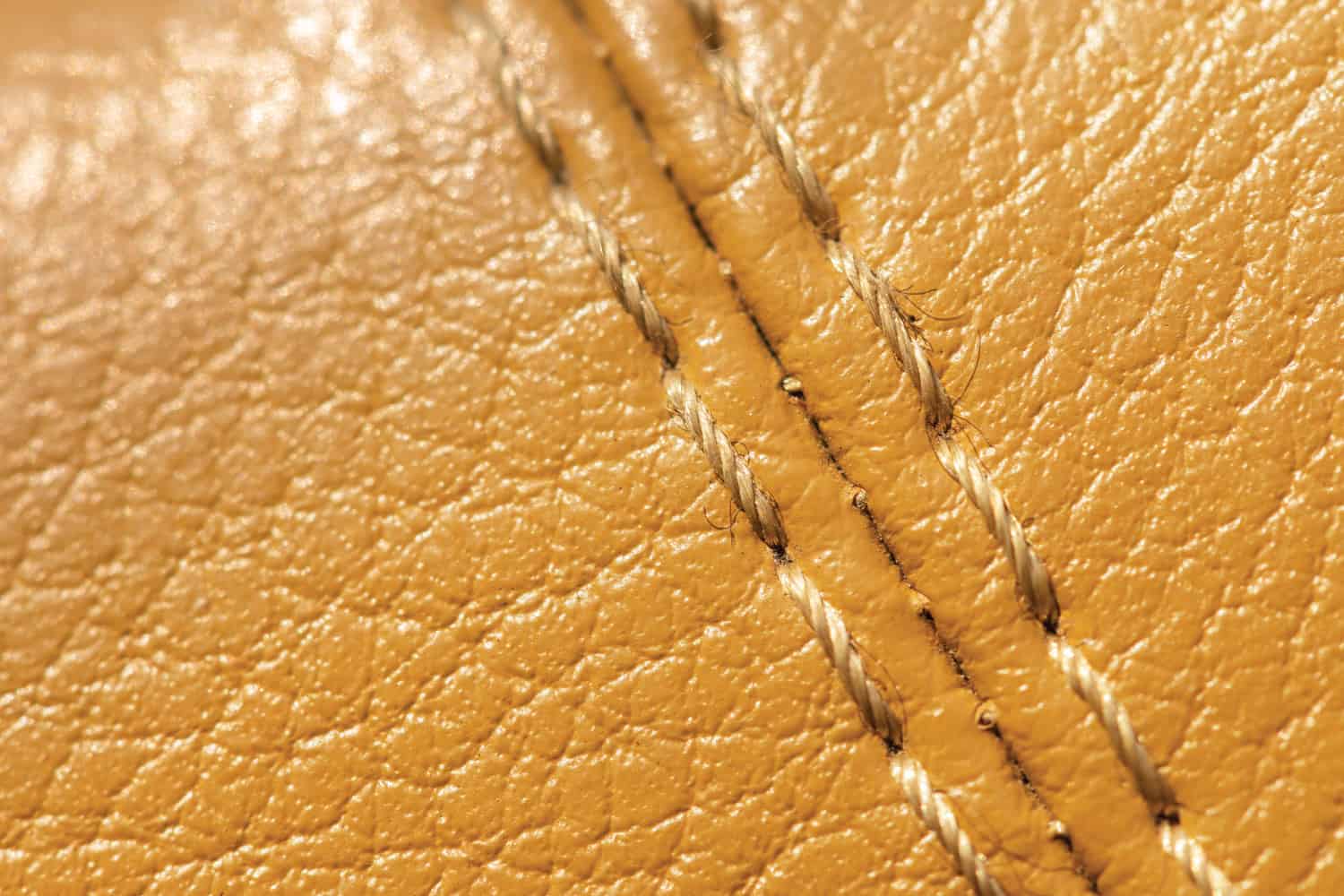
When working with leather, it is suggested to use four times the product's length when finished. This also depends on how many layers of leather you are working with and the thickness of it. You also have to factor in backstitching the leather to finish off the stitch. Allow for an extra six inches for this.
Shirts

If you are sewing a T-shirt from a pattern, you will need 109 to 120 yards of thread. When sewing a men's or woman's button-up shirt, you must think about pockets, collars, and buttons as well to figure out how much thread you will need. The generalized size of a man's button-up shirt will be around 30 inches. Enough length to tuck into the pants, and will have about seven buttons. If you are looking at these measurements, you will need about 75 yards to complete a dress shirt.
Calculation: 30 linear inches X 2.5= 75 yards of thread
Below is a basic sewing pattern for a woman's T-shirt.
Click here to view this pattern and purchase it on Amazon.
Dress
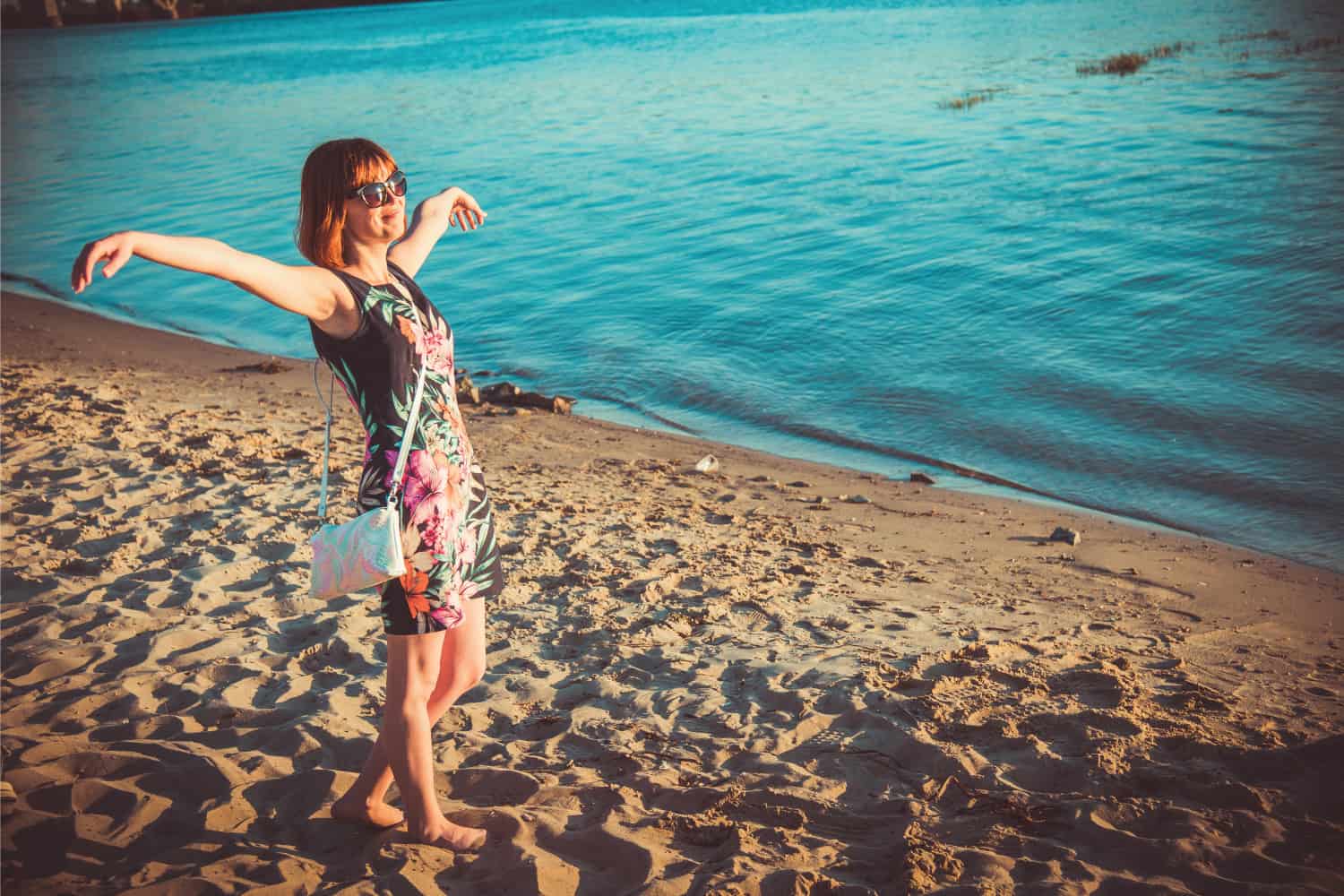
A basic sundress is an easy pattern to start with when sewing. After figuring out a good length for the dress and evaluating who will be wearing it, you can use the same calculation as above. We found that a typical dress length is 55 to 57 inches, reaching the ankle.
Calculation: 55 linear inches X 2.5= 137.5 yards of thread
Click here to view and purchase this sundress sewing pattern on Amazon.
Other Factors to Consider
Different Stitches
There are many different stitches used in sewing. These can also mean a difference in yards of thread needed. If you are using a straight stitch on leather or regular material, it is pretty straight forward. The measurements above should suffice. If you are using a more intricate stitch that is a detail or decorative, you may want to double your thread measurements to be on the safe side. If you are doing a twin needle stitch, you will most certainly want to double your thread length.
Stitch Per Inch
Stitch per inch is the number of stitches in every inch of the line. The standard stitch per inch is 8 to 10 stitches. If you are doing a stay-stitch seam, a seam along a curve that prevents stretching, it is about 12 to 18 stitches per inch. Topstitching refers to the sewn line that you will be able to see on the item visibly. You will use 7 to 8 stitches per inch when doing this. In any of these stitches, you must figure out the measurements of the piece you are sewing to get an idea of the overall total of stitches.
Seam Type and Fabric Thickness

A seam is created when sewing two separate pieces of fabric together. When doing a straight seam, you will not use as much thread as you would on a double decorative seam. Jean fabric will need a tighter seam so that it can withstand wear. This may take more thread than a seam for a t-shirt.
Factor in the material you are working with and the durability needs of the item when thinking about the thread's length. If it is a thicker fabric you are using, it will take more thread to make the seams. If you are adding pockets, you are doubling the thickness of the garment. Add a few yards of thread to cover this difference. You can always cut off excess if need be and save the rest of the thread for a later project.
Questions
How much thread is needed for a stitch?
Many factors need to be focused on when thinking about this. It depends on the materials you are using to sew, the size of the garment or blanket, what type of stitching you are going to use, and where.
What is a good quality sewing thread?
We have found that Guterman threads are very high quality and preferred by many to sew with. It comes in a wide array of colors and is long-lasting and durable.
Click here to view and purchase Gutermann thread on Amazon.
How many yards are in a spool of thread?
A spool usually holds 250 yards or less of thread. It is a small amount.
What weight is normal sewing thread?
The higher the thread weight, the finer the thread gauge. If the weight is 50, then it is a thinner thread than a 30 weight. For general sewing, a 50 or 60 weight is recommended. It will not create bulky seams when sewing your garment or quilt.
In Closing
There are many factors when deciding how much thread you will need for a sewing project. You need to consider the fabric you are using, the size of the project you are working on, and the types of stitches you will use. Also, consider decorative stitching and the seams you need to sew.
For more information on sewing projects, please view some more of our articles below.




